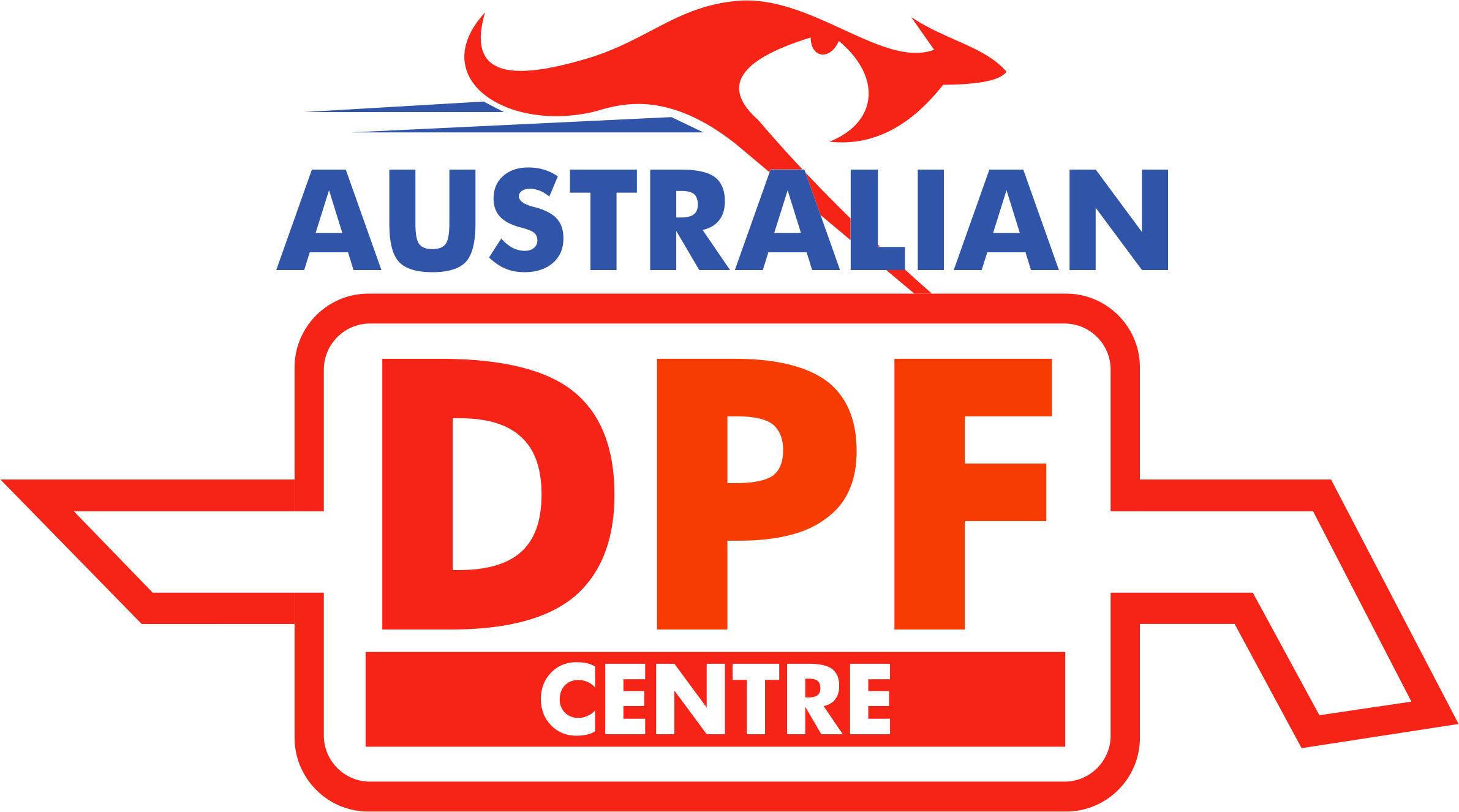Why is My DPF Light On?
It’s a common question among modern diesel car owners. DPF stands for Diesel Particulate Filter, an essential component in reducing harmful particulates from diesel engines’ exhaust gases. When the DPF light comes on, it typically means your filter may be clogged and requires attention.
Strict global standards regulate diesel emissions, mandating that car manufacturers keep harmful emissions like nitrogen oxides, carbon monoxide, hydrocarbons, and particulates within controlled levels. Most diesel vehicles today meet Euro 5 standards, which impose stringent limits on these pollutants. Failure to meet these standards can lead to severe penalties for manufacturers, while for drivers, an unchecked DPF light can result in performance issues and possible non-compliance with emission regulations.
The Health Impact of Diesel Particulates
Particulate matter contains carbon cores that absorb harmful chemicals, including sulphates, nitrates, and trace metals. Often visible as black smoke, these particulates are small enough to penetrate deep into the lungs, leading to coughing, nausea, and even long-term respiratory issues like asthma.
To meet emissions standards, diesel cars are fitted with DPFs that trap and burn off soot particles, enabling cleaner exhaust emissions. Since DPFs contain rare, costly materials, manufacturers have designed them to regenerate, extending their lifespan. Regeneration clears trapped particulates through three key processes: passive, active, and forced.
How Does DPF Regeneration Work?
-
Passive Regeneration: Passive regeneration occurs when normal exhaust temperatures heat the DPF enough to burn off accumulated soot, allowing the filter to function optimally.
-
Active Regeneration: For vehicles often driven short distances, the DPF may not reach high enough temperatures for passive regeneration. When soot levels reach about 45% of the DPF’s capacity, the engine triggers active regeneration by raising exhaust temperatures, allowing the DPF to burn off soot. Some vehicles illuminate the DPF light during this process, indicating that the driver should continue driving at 80 km/h or above for at least 15 minutes to assist regeneration.
-
Forced Regeneration: If soot buildup is excessive and the DPF light stays on, the vehicle may need a mechanic to perform forced regeneration. This process uses specialised equipment to reach extreme exhaust temperatures and burn off the collected soot. Forced regeneration typically takes 30 to 60 minutes and is performed in an open space to safely disperse exhaust fumes.
When to Replace the DPF
All filters have a limited lifespan, and the DPF is no exception. After many regeneration cycles, the filter will eventually need replacement. Persistent DPF warning lights may indicate that the filter is clogged beyond regeneration or has reached the end of its life. It’s essential to consult an experienced mechanic for a proper diagnosis, as the issue may also stem from engine-related problems affecting the filter.
Avoiding Illegal DPF Bypass
While bypassing the DPF might seem like an easy fix, it is illegal and carries significant fines, ranging from $300 to as much as $40,000 for businesses. Instead, seek professional solutions that keep your vehicle compliant with emissions standards.
Reliable DPF Replacement Options
When it’s time to replace your DPF, Australian DPF Centre offers high-quality replacements that meet or exceed OEM standards, providing a cost-effective, reliable solution. Our team specialises in maintaining, regenerating, and replacing DPFs, ensuring your vehicle continues to operate efficiently and within legal emissions limits.
For expert DPF maintenance and replacement services, contact Australian DPF Centre and keep your vehicle performing at its best.
